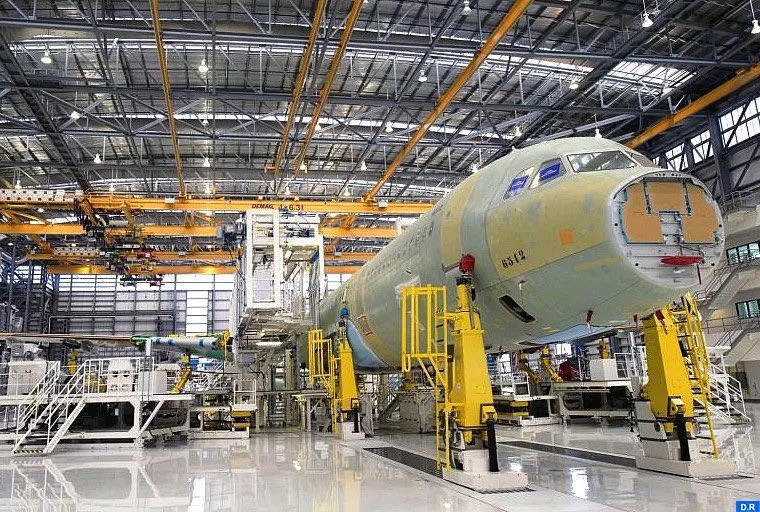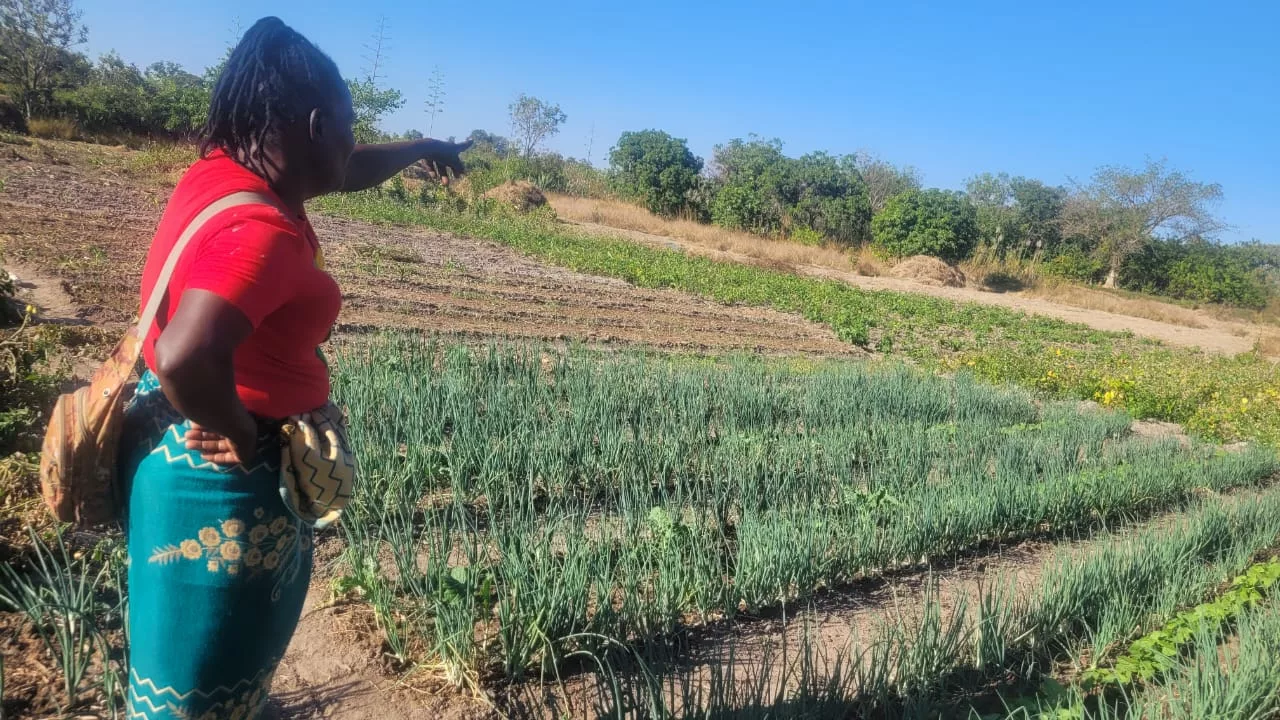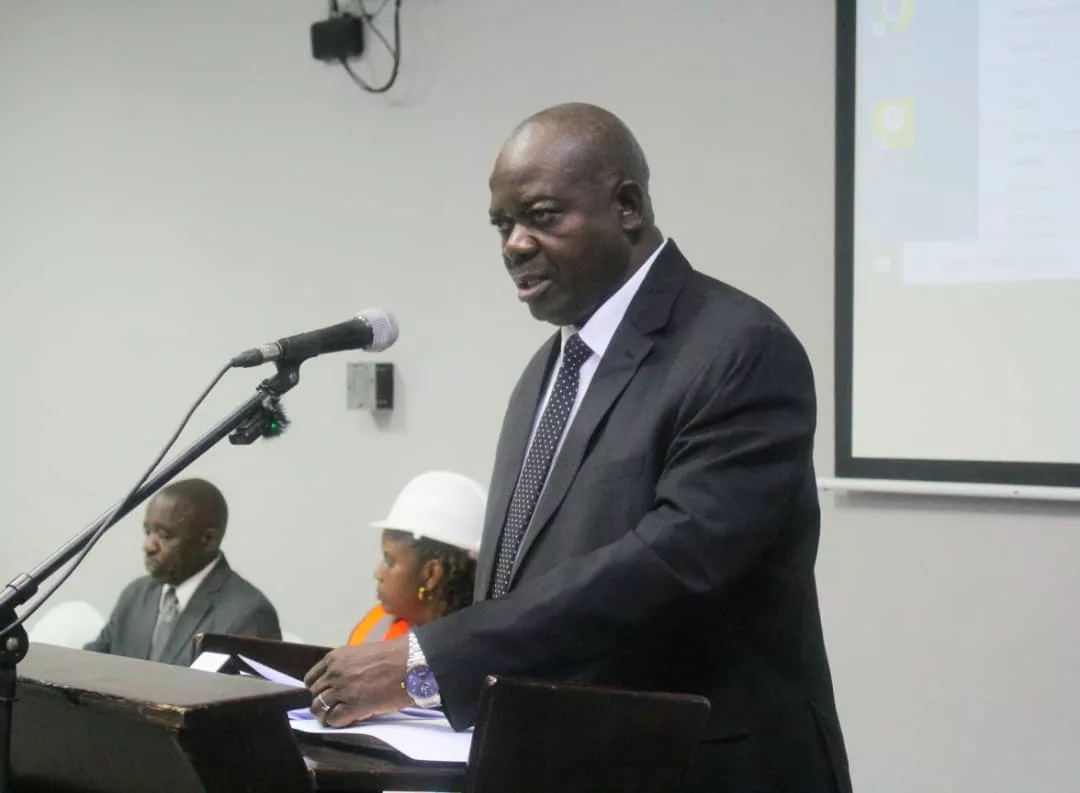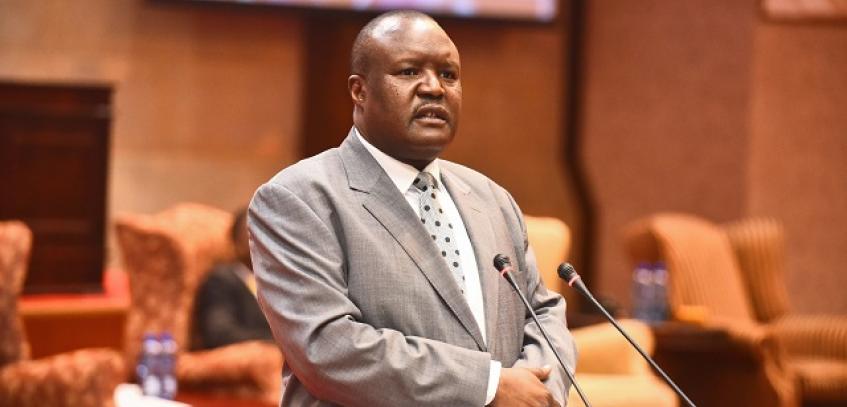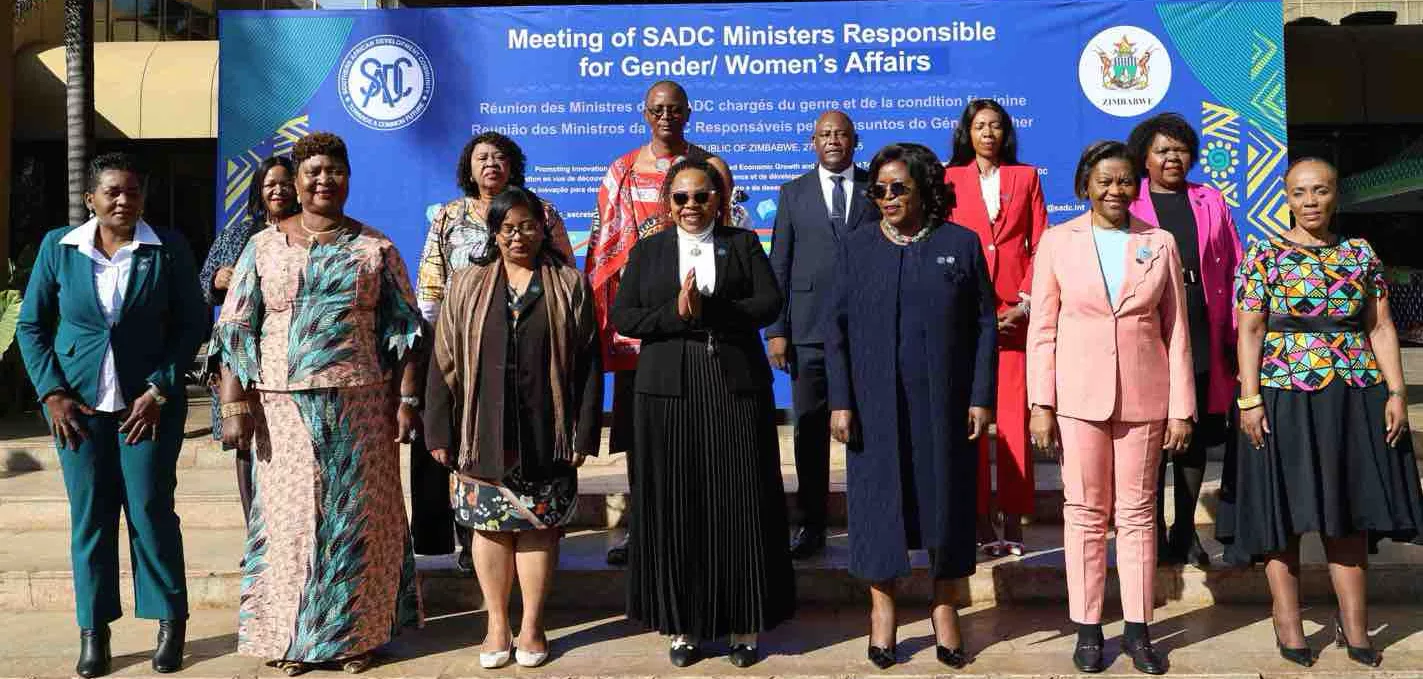|
Getting your Trinity Audio player ready...
|
Dr. Najib SOMOUE (Economist and Financial Analyst)
Since ascending to the throne, His Majesty King Mohammed VI has adeptly adapted the Kingdom’s economic strategies to fluctuations in international relations and the specifics of the national economy. The economic transition models initiated by the King have always been grounded in solid foundations, reflecting a deep vision for transforming development mechanisms. These models aim to enhance the living conditions of Moroccan citizens, position the Kingdom advantageously on both continental and international stages, and foster wealth creation and socioeconomic resilience.
During a recent conference I held in South Africa, a journalist asked me why Moroccans are proud of King Mohammed VI and his economic achievements. My answer was straightforward: we were once a poor country, and thanks to His Majesty’s vision, we now live in a nation with numerous opportunities and a conducive environment for wealth creation. We are no longer impoverished, and that is more than enough to be proud of our country’s accomplishments under King Mohammed VI’s reign.
In this article, I will outline the three major pillars of the development model adopted by the King of Morocco to transform the country into a regional power and a global economic player.
Industry, the Hub of Morocco’s Economic Transition:
Under the leadership of His Majesty King Mohammed VI, and thanks to a series of coherent and convergent industrial strategies, Morocco has established itself as a competitive industrial hub on both regional and international levels.
In 2005, Morocco adopted the Emergence Plan (2005-2009), an industrial strategy with three major objectives: attracting new industrial investments, developing promising sectors designated as Morocco’s Global Industries (MGI), and making them competitive for export. These sectors include offshoring, the automotive industry, aerospace, electronics, and agro-industry. Additionally, the creation of free zones dedicated to export-oriented industries, leveraging Morocco’s comparative advantages, was a key element. This strategy enabled the country to develop high-value-added industrial activities, adapt vocational training to labor market needs, and position the Moroccan economy as a future hub for industrial development.
Subsequently, Morocco adopted the National Pact for Industrial Emergence (2009-2015), which extended the vision of the Emergence Plan (2005-2009), particularly concerning the development of Morocco’s Global Industries (MGI). The NPIE specifically targeted six sectors: offshoring, automotive, aerospace, electronics, textiles and leather, and agro-industry.
In parallel, an integrated approach addressing the entire entrepreneurial fabric was defined, with cross-cutting measures aimed at improving business competitiveness in four main areas: SME competitiveness, business climate, training, and integrated industrial platforms.
Between 2014 and 2020, Morocco implemented the Industrial Acceleration Plan, which adopted a new approach based on creating efficient ecosystems. This initiative aimed at integrating value chains and consolidating local relationships between large companies and SMEs, as well as creating skilled jobs. These industrial ecosystems have become the tool for the coordinated implementation of various public support measures for export sectors. Each ecosystem benefits from public funding within the framework of a contractual public-private partnership. Companies commit to employment objectives and, in some cases, to target integration rates.
These strategic visions have enabled Morocco to position itself as one of the most competitive industrial spaces in the world, particularly in the automotive industry (3rd most competitive country globally with a 60% integration rate) and aerospace (the first African hub). Morocco has achieved an unprecedented record, creating more than 700,000 jobs in the industrial sector thanks to the Industrial Acceleration Plan.
Morocco now boasts a national company that produces a fully Moroccan car, as well as an ambitious startup aiming to produce the first green hydrogen car. The country also plans to produce the first 100% Moroccan aircraft by 2030.
Energy Sovereignty, a Pillar of Competitiveness:
Under the reign of His Majesty King Mohammed VI, Morocco, once heavily dependent on fossil fuels, has made significant strides toward achieving energy sovereignty. Through numerous large-scale projects in solar, wind, and hydroelectric power, the Kingdom has emerged as a leader in renewable energy production in Africa. Green hydrogen, a future sector, is expected to enable Morocco to reach a decisive milestone in this energy transition.
This year, Morocco is set to reduce its energy dependence rate to 89%, compared to nearly 98% in 2008. This figure vividly illustrates the progress the country has made over the past fifteen years to strengthen its energy sovereignty through renewable energy production. At the heart of this profound transformation is the strategic vision of King Mohammed VI.
It all began on November 2, 2009. In Ouarzazate, the King inaugurated the construction of the “Noor” solar complex, covering over 3,000 hectares. This project marked the launch of the ambitious renewable energy development program orchestrated by MASEN. With a production capacity of 582 megawatts (MW), this gigantic complex, combining concentrating solar power (CSP) and photovoltaic systems, required an investment of over 2 billion USD, achieved through a public-private partnership (PPP). Seven years later, on February 4, 2016, Noor I, the first power plant of this mega-project, was inaugurated with a production capacity of 160 MW. This innovative project, built in the middle of the desert, has captured global media attention. Subsequent phases included the commissioning of Noor II (200 MW), Noor III (150 MW), and Noor IV (72 MW) in 2018.
Today, the Noor Ouarzazate solar complex, one of the largest in the world, supplies nearly two million Moroccans with electricity and helps avoid the emission of nearly one million tons of greenhouse gases per year. In 2018, the inauguration of the Noor Laâyoune I plant, with a production capacity of 190 megawatts (MW), marked a turning point, achieved with an investment of 1 billion USD.
Alongside solar power, Morocco is also focusing on wind energy, with several large-scale projects developing in the northern and southern regions. Among these are the Amogdoul Park (60 MW) in Essaouira, launched in 2007, as well as the Tanger I (140 MW), Boujdour (300 MW), and Taza (87 MW) parks. The Midelt plant (180 MW), commissioned in 2020, also represents a significant advancement. In addition, the country has numerous hydroelectric complexes, including the Afourer pumped storage station (464 MW) in the Béni Mellal-Khénifra region, operational since 2005.
Morocco’s colossal potential in renewable energies is attracting multinational companies eager to exploit these resources for green hydrogen production, a crucial lever to accelerate the transition to carbon neutrality. In 2023, numerous national and international investors unveiled ambitious projects in this field, with implementation expected in the coming years.
Under the reign of His Majesty King Mohammed VI, Morocco has resolutely paved the way for energy sovereignty. Once heavily dependent on fossil fuels, the Kingdom has now established itself as a leader in renewable energy production in Africa. And this is just the beginning. The government, supported by the private sector, aims to increase annual investments in clean energy by 2027. Suffice it to say, that for Morocco’s energy future, the indicators are literally green.
Port Infrastructure, a Vector of Exports and Co-development:
From the beginning of his reign, King Mohammed VI placed the development of port infrastructure at the heart of his strategic priorities, and the results have been immediately noticeable. The relevance of this orientation, formalized in the national port strategy for the 2030 horizon, as well as the rigor invested in its implementation, has earned Morocco regional and international recognition, elevating its experience to the level of an exemplary model.
Indeed, these accomplishments have allowed the Kingdom to compete with major nations in the field of port infrastructure. Ongoing projects are expected to further reinforce its status as a maritime hub and regional economic power.
The first major achievement in this area is the Tangier Med port complex, consisting of three ports spread over 1,000 hectares: the Tangier Med 1 port, the passenger and ro-ro port, and the Tangier Med 2 port. Since its inauguration in 2007, this vast port complex has continuously achieved exceptional performance, illustrating continuous and remarkable progress.
The Nador West Med (NWM) port represents the second major achievement of Morocco’s national port strategy. This project aims to boost the economy of Nador and the Oriental region by attracting foreign direct investment. Since the start of construction in 2017, the NWM port has marked a significant turning point in the development of the country’s port and logistics infrastructure.
Scheduled to be operational in 2025, this port, industrial, and energy complex required a colossal investment of 1 billion dollars. It will include industrial and logistics zones, a container terminal, a petroleum terminal, and other facilities aimed at boosting the regional economy. This project promises to strengthen Morocco’s position as a key player in the field of port infrastructure.
The Dakhla Atlantique port is the third major component of Morocco’s national port strategy. This mega-project, currently under construction along the Atlantic coast, is designed to add new capacities and strengthen the country’s port offering. It will also aim to create synergies with the Tangier Med and Nador West Med ports, thereby consolidating the entire national port network.
The Dakhla Atlantic Port project is part of a broader integrated program, which also includes the creation of a fisheries industrial park. This program plans the development of a new industrial and logistics zone near the port, as well as the construction of off-site infrastructure. These complementary initiatives aim to maximize the economic impact of the port, strengthen Dakhla’s position as a gateway to Africa, and stimulate regional development.


